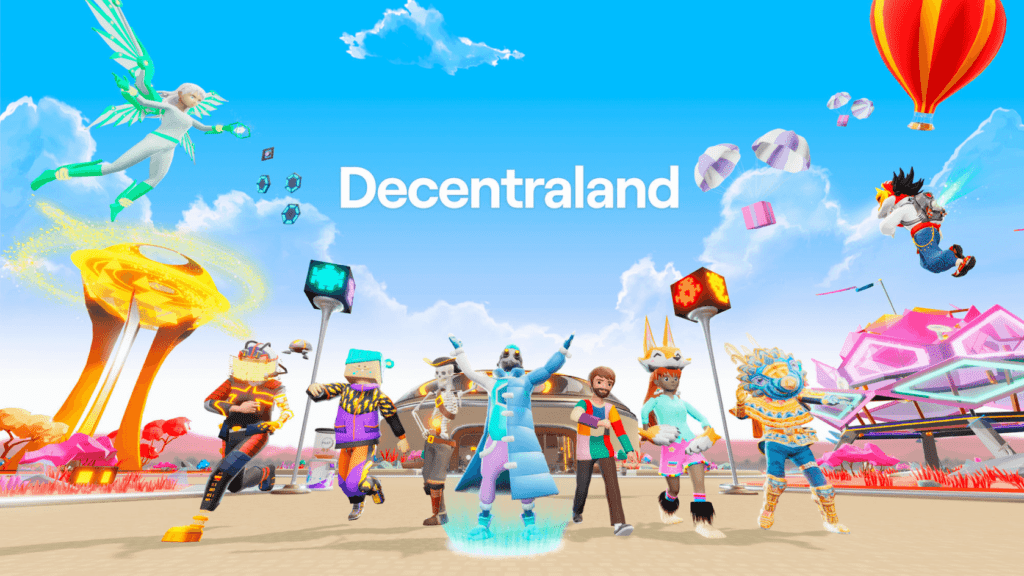In recent years, the intersection of gaming and finance has given rise to a new paradigm known as GameFi, where blockchain technology empowers virtual economies within games. Game developers are now tasked with creating immersive experiences that not only entertain but also facilitate economic interactions among players. This article delves into the expertise required for game developers in the GameFi space, exploring the intricacies of blockchain technology, virtual economies, and the implications for game design and player engagement.

Understanding GameFi: The Convergence of Gaming and Finance
GameFi represents a fusion of gaming and decentralized finance (DeFi), enabling players to earn real-world value through in-game activities. This model leverages blockchain technology to create transparent, secure, and decentralized ecosystems where players can trade, invest, and earn. According to a report by DappRadar, the GameFi sector accounted for over $1 billion in revenue in Q1 2023, highlighting its rapid growth and potential (DappRadar, 2023).
The Role of Blockchain in Game Development
Blockchain technology serves as the backbone of GameFi, providing a decentralized ledger that records all transactions and interactions within the game. This technology ensures that players have true ownership of their in-game assets, which can be represented as non-fungible tokens (NFTs). NFTs allow players to buy, sell, and trade unique items, characters, or even virtual real estate, creating a vibrant marketplace.
For instance, Axie Infinity, a blockchain-based game, allows players to breed, battle, and trade creatures called Axies. The game’s economy is powered by Ethereum, and players can earn tokens (AXS and SLP) through gameplay, which can be exchanged for fiat currency. As of October 2023, Axie Infinity has generated over $4 billion in total sales, demonstrating the lucrative potential of blockchain-powered games (Axie Infinity, 2023).
Designing Virtual Economies: Key Considerations
Creating a successful GameFi experience requires a deep understanding of virtual economies. Game developers must consider several factors when designing these economies:
1. Tokenomics
Tokenomics refers to the economic model governing the use and distribution of tokens within the game. Developers must carefully balance the supply and demand of tokens to ensure a sustainable economy. For example, if a game issues too many tokens, it may lead to inflation, diminishing the value of in-game assets. Conversely, a scarcity of tokens can create a deflationary environment, making it difficult for players to engage with the economy.
2. Incentive Structures
Incentive structures are crucial for encouraging player participation and engagement. Developers must design rewards that motivate players to invest time and resources into the game. This can include staking mechanisms, where players lock up their tokens to earn rewards, or play-to-earn models that allow players to earn tokens through gameplay.
3. Governance
Decentralized governance is a key feature of many GameFi projects. Developers can implement mechanisms that allow players to participate in decision-making processes, such as voting on game updates or changes to the economy. This fosters a sense of community and ownership among players, enhancing their overall experience.
Real-World Examples of GameFi Success
Several GameFi projects have successfully implemented blockchain technology to create engaging virtual economies.
1. Decentraland
Decentraland is a virtual reality platform powered by the Ethereum blockchain, where users can create, experience, and monetize content and applications. Players can purchase virtual land using the MANA token, which can be developed into various experiences, from games to art galleries. As of October 2023, Decentraland has seen land sales exceeding $100 million, showcasing the demand for virtual real estate (Decentraland, 2023).

With MANA, it is possible to buy land in Decentraland with Ethereum.
2. The Sandbox
The Sandbox is another prominent GameFi platform that allows players to create, own, and monetize their gaming experiences. The platform utilizes the SAND token for transactions, enabling players to buy land, create games, and earn rewards. The Sandbox has partnered with major brands like Atari and Snoop Dogg, further solidifying its position in the GameFi landscape. As of Q3 2023, The Sandbox reported over 2 million registered users and a thriving marketplace for user-generated content (The Sandbox, 2023).
Challenges Faced by Game Developers in GameFi
While the GameFi sector presents numerous opportunities, it also poses significant challenges for developers.
1. Regulatory Uncertainty
The regulatory landscape surrounding blockchain and cryptocurrencies is still evolving. Game developers must navigate complex legal frameworks to ensure compliance with local laws, which can vary significantly across jurisdictions. This uncertainty can hinder innovation and deter potential investors.
2. Technical Complexity
Developing blockchain-based games requires specialized knowledge of smart contracts, decentralized applications (dApps), and blockchain architecture. Developers must be proficient in programming languages such as Solidity (for Ethereum) and understand the intricacies of blockchain networks to create secure and efficient games.
3. Market Volatility
The value of cryptocurrencies and tokens can be highly volatile, impacting the stability of in-game economies. Developers must implement mechanisms to mitigate the effects of market fluctuations, ensuring that players can still engage with the economy without fear of losing their investments.
Future Trends in GameFi Development
As the GameFi sector continues to evolve, several trends are likely to shape its future:
1. Interoperability
Interoperability between different blockchain networks will become increasingly important. Developers are exploring cross-chain solutions that allow assets to move seamlessly between games and platforms, enhancing player experiences and expanding the potential for economic interactions.
2. Enhanced User Experience
User experience will remain a top priority for GameFi developers. Simplifying the onboarding process for new players, improving wallet integration, and providing intuitive interfaces will be crucial for attracting a broader audience.
3. Integration of AI and Machine Learning
The integration of artificial intelligence (AI) and machine learning into GameFi can enhance gameplay and economic interactions. AI can be used to create dynamic in-game environments, personalized experiences, and advanced analytics for player behavior, allowing developers to optimize their games continuously.
Key Takeaways
The GameFi sector represents a transformative shift in the gaming industry, merging entertainment with economic opportunities. Game developers must possess a deep understanding of blockchain technology, virtual economies, and player engagement strategies to succeed in this space. By leveraging tokenomics, incentive structures, and decentralized governance, developers can create immersive experiences that empower players to earn real-world value.
In summary, the GameFi landscape is rapidly evolving, presenting both opportunities and challenges for game developers. As the sector matures, those who can navigate the complexities of blockchain technology and design engaging virtual economies will be well-positioned to thrive in this new frontier of gaming.
In conclusion, the expertise required for game developers in the GameFi space is multifaceted, encompassing blockchain technology, economic design, and player engagement strategies. As the industry continues to grow, developers must stay informed about emerging trends and challenges to create successful GameFi experiences that resonate with players.

